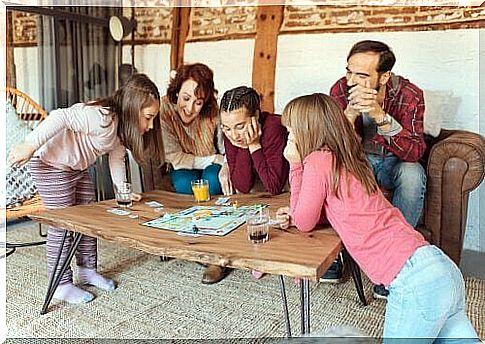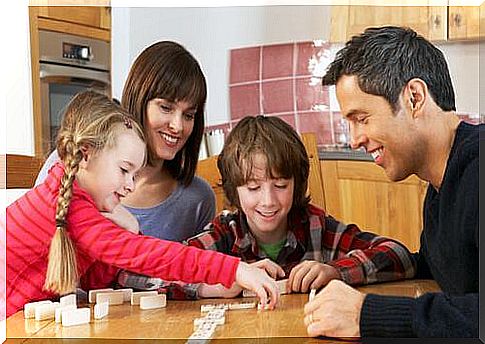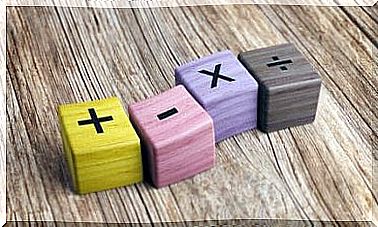4 Educational Board Games – Being Parents

Educational board games are great for cognitive development in children. Even the simplest games stimulate some type of learning. For example, they can allow the little ones to practice counting or recognizing colors.
In addition to giving children the opportunity to learn while having fun and being focused, educational board games allow parents to share a privileged and uninterrupted moment with their children.
In addition to enjoying quality time with their families, children will learn to take turns and work as a team. All while having fun.
As a parent, you may be tempted to let your child win over and over again so as not to hurt their fragile self-esteem. However, it is not the best gift you can give your child. Indeed, it is important that he understands that some times we win and other times we lose.
The child must therefore frequently experience both situations in order to learn to deal with the victories and defeats that will inevitably arise in the course of his life.
4 educational board games
Below is a list of 4 educational board games for kids.
1. Who is it?
The first game we are going to tell you about is the famous “Qui-est-ce?”, Ideal for working on memory and the ability to deduce. This is a simple two-person guessing game. The objective is to discover the character of the opponent.
The game consists of two shelves on which there are 24 flaps with characters. There is also a pile of 24 character cards from which each player draws a card at the start of the game.
On each turn, the players ask a question to which the answers can only be yes or no. The goal is to guess the character on the opponent’s card.
With each answer, the player pulls down any flaps that don’t match the description. It does this until there is only one flap left. Whoever wins is the one who discovers the most characters.

2. Uno
The second option is a card game for 2 to 10 players ages 7 and up. The Uno makes it possible to learn mathematics and to reinforce the vocabulary of the little one.
Each player begins the game with 7 cards in hand. The rest of the cards correspond to the draw pile. Next to the draw pile will be another pile: the game pile. The first card in the draw pile is placed face up and the game can begin!
The first player is usually to the left of the player who dealt the cards. The order of play is clockwise.
Each participant looks at his cards and tries to match his card with the last card of the playing pile. Cards can match by number, color or symbol.
If the player cannot play or decides not to play, he must draw. If he can play this card, he must put it down. Otherwise, the next player takes the hand. The winner is the first player to have laid all their cards.
3. Dixit
This is a card game that allows children ages 8 and up to improve their creativity and language skills.
To begin with, we designate the narrator of the game. He looks at the images of the 6 cards he has in his hand. He chooses one of them, makes up a sentence and says it out loud without showing the card to the other players.
The other participants must select the card in their hand that best matches the sentence being spoken. They give it to the narrator.
Then, the narrator places all the cards received as well as his own card on the table. The images will be visible and each player will have to try to find the narrator’s card.
Depending on the number of participants who answered correctly, the narrator and the players will receive points. The game ends when there is no more card or when a player reaches 30 points. In any case, the player who wins is the one with the most points.

4. Domino
The last game that we are going to present to you is definitely one of the most popular educational kids board games.
The domino is an ideal game to play with the family. 4 players can play at the same time. The game promotes children’s concentration and memory.
A classic domino game consists of 28 rectangular shelves separated into two parts. At each end, from 0 to 6 points are engraved. The backs of the shelves are usually white. To practice the game, a flat and spacious surface is required.
The tablets must be distributed among the participants until everyone has 7. To participate, the players must position a tablet at the end of the first domino.
You can only place a tablet if it coincides with one of the numbers on the shelves at the ends of the game. The first player to have all of their tablets out wins the game.
With these ideas, it will be very easy to entertain your child while allowing him to develop his cognitive skills. You will only need a little patience to teach him the rules of the game!








